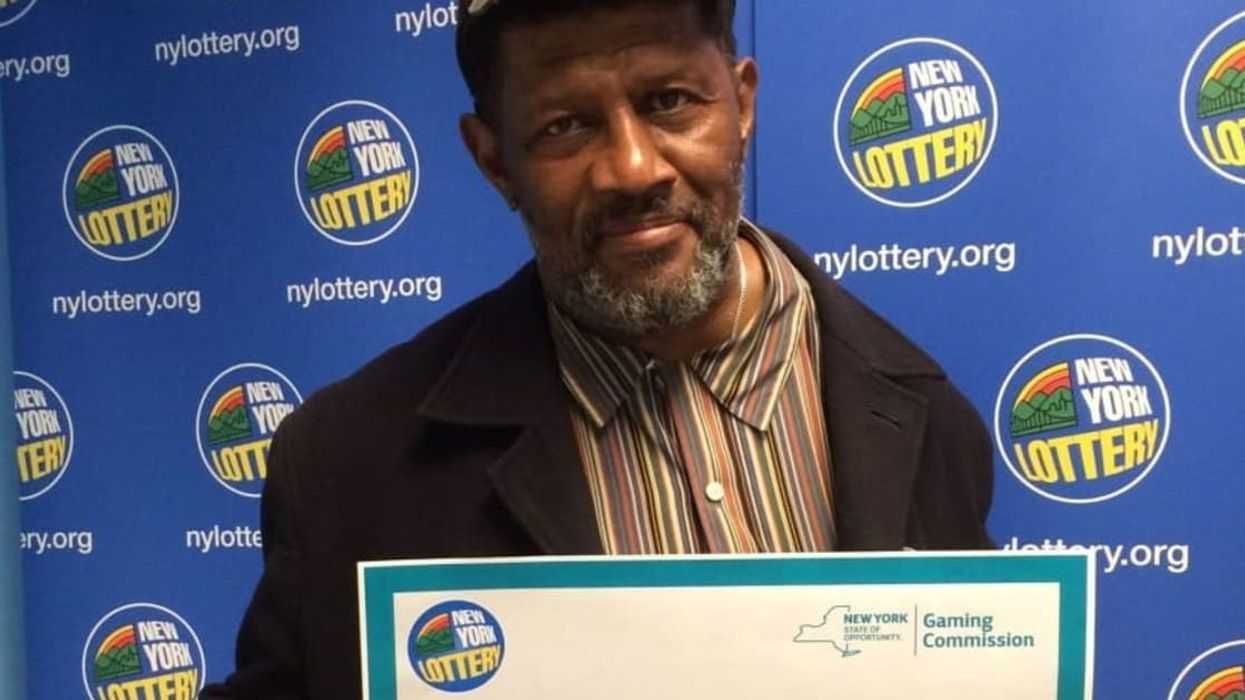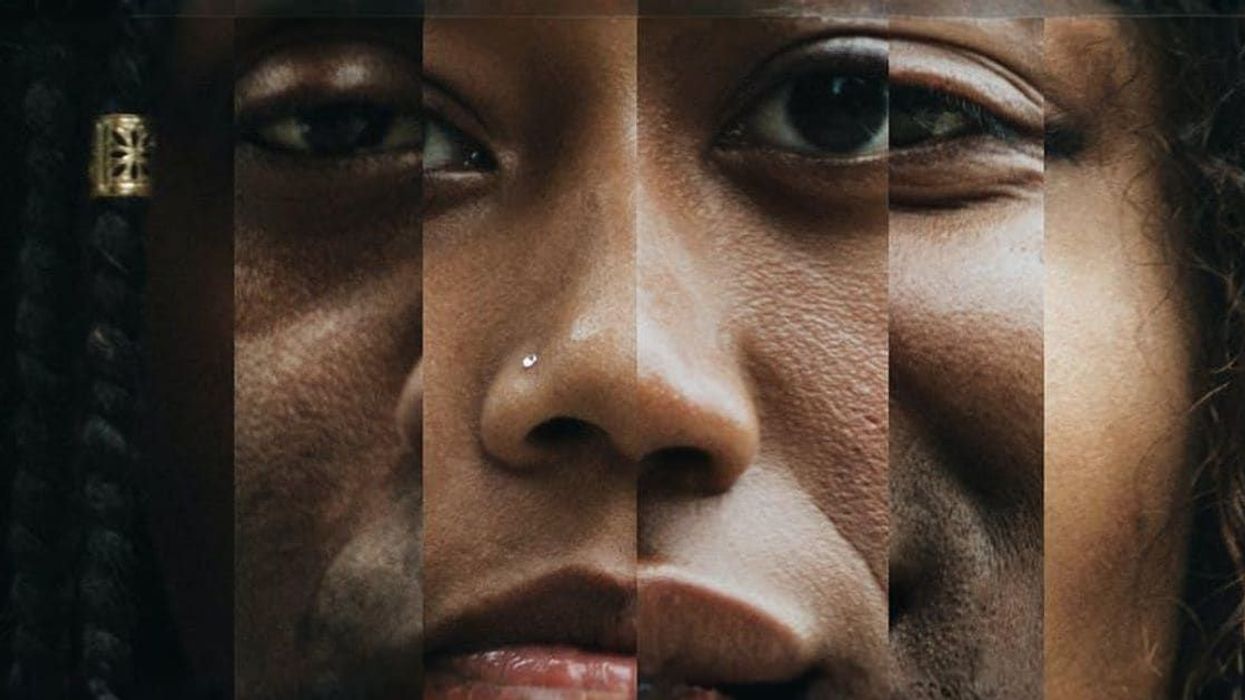The death penalty was reinstated 34 years ago this week. To mark the date, we look at a photo series of last meal requests from death row inmates.
James Reynolds is a London photographer who documented the final requests of former death row inmates after seeing a small list in Schott's Food and Drink Miscellany. He bought prison trays—replicas of the ones they actually use in maximum security prisons—off the internet and began staging these "Last Suppers."
This week marks the 34th anniversary of the reinstatement of the federal death penalty. I spoke with Reynolds over email.
GOOD: What were you trying to convey about these last requests?
JAMES REYNOLDS: I saw a small list of what a few death row prisoners had chosen for their last meals before their deaths and I wondered what they would look like as a visual image. After all, these meals would be one of the last things these prisoners see before they die. At first I just wanted to see what these meals looked like on the iconic prison tray. I wanted to get the viewer to think, or have an opinion. I'd like to think that the photographs make them think, what thought that is, I am not sure, as I myself had more thoughts the more I looked at them. What would my last meal be? What kind of people were these prisoners? Why did they choose that particular meal? What crime did they commit?
G: Are there any particular meals that spoke to you?
JR: I tried to research why each prisoner chose what they did, but only discovered why the single olive was chosen. This olive was un-pitted, and the thinking behind it was that the inmate thought that after being executed and buried, an olive tree—a symbol of peace—would grow from him. It was indeed a very profound thought or idea, but an olive tree has not yet been found on his grave.
G: So when you were done photographing these, did you eat the meals?
JR: There were some foods, for example, the KFC or the ice cream, that either looked very unappetizing, smelled bad, or were inedible. Most of the food I simply threw away, but things like the fruits I kept and eventually ate. I must say I didn't really think about what these foods meant to certain people or what they represented in the photographs. Fortunately, I had eaten most of the food before I saw the photographs.
G: Do you have any strong feeling about the death penalty?
JR: This is a very difficult question. There is an argument for executing a person that has committed an appalling crime, but there is also one for keeping them in prison to suffer behind bars in a very poor quality of life. This is, however, a very expensive thing to do. I am still undecided on if the death penalty is right or wrong.
G: What are you doing now?
JR: I work in an advertising agency as a creative. It allows me to convey messages to people, make them think, or form an opinion on something, which is what I love to do. I eventually hope to take many more photographs of the death row meals, maybe 100 or so, and make them into a coffee table book.


















 Screenshots of the man talking to the camera and with his momTikTok |
Screenshots of the man talking to the camera and with his momTikTok |  Screenshots of the bakery Image Source: TikTok |
Screenshots of the bakery Image Source: TikTok | 
 A woman hands out food to a homeless personCanva
A woman hands out food to a homeless personCanva A female artist in her studioCanva
A female artist in her studioCanva A woman smiling in front of her computerCanva
A woman smiling in front of her computerCanva  A woman holds a cup of coffee while looking outside her windowCanva
A woman holds a cup of coffee while looking outside her windowCanva  A woman flexes her bicepCanva
A woman flexes her bicepCanva  A woman cooking in her kitchenCanva
A woman cooking in her kitchenCanva  Two women console each otherCanva
Two women console each otherCanva  Two women talking to each otherCanva
Two women talking to each otherCanva  Two people having a lively conversationCanva
Two people having a lively conversationCanva  Two women embrace in a hugCanva
Two women embrace in a hugCanva 
 A reddit commentReddit |
A reddit commentReddit |  A Reddit commentReddit |
A Reddit commentReddit |  A Reddit commentReddit |
A Reddit commentReddit |  Stressed-out employee stares at their computerCanva
Stressed-out employee stares at their computerCanva
 Who knows what adventures the bottle had before being discovered.
Who knows what adventures the bottle had before being discovered. 
 Gif of young girl looking at someone suspiciously via
Gif of young girl looking at someone suspiciously via 